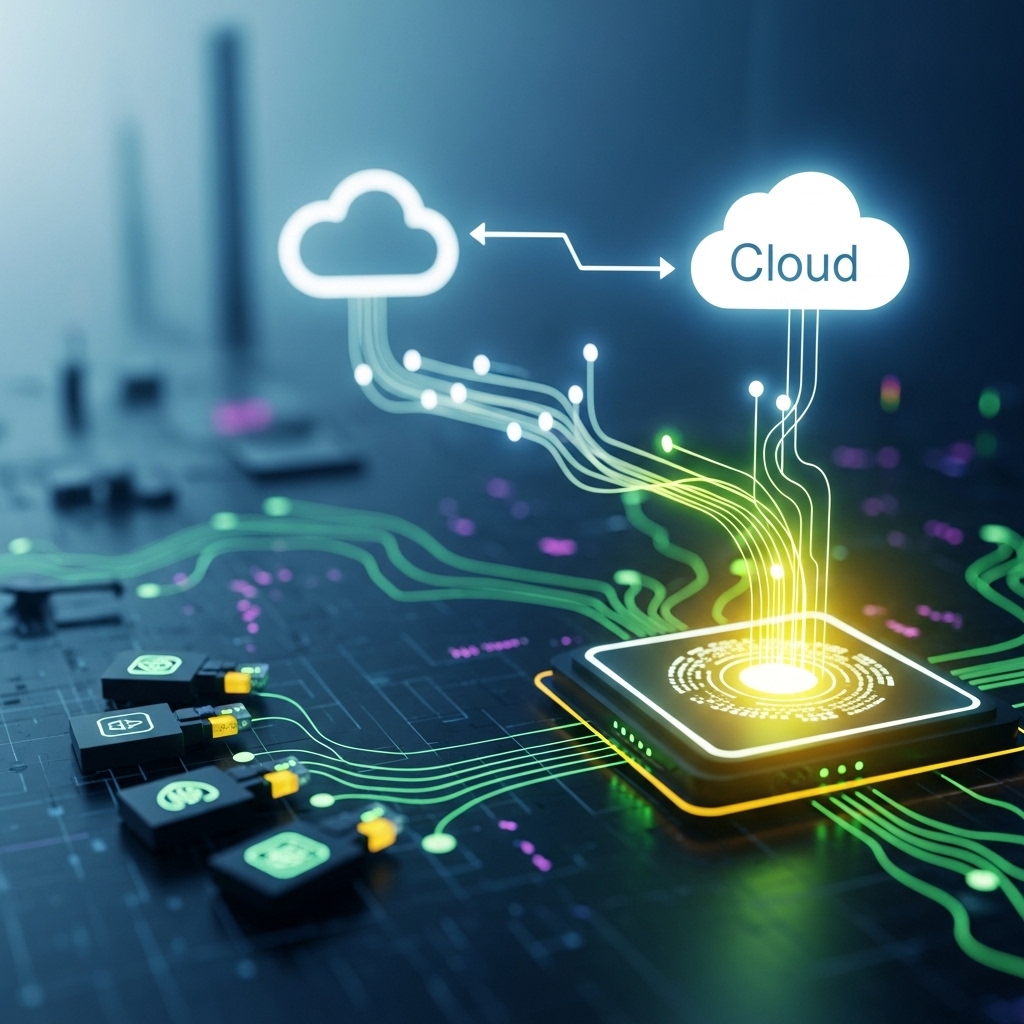
Introduction to Edge Computing
Edge computing has emerged as a revolutionary technology in the realm of data processing, enabling real-time insights and transforming the way businesses operate. By processing data closer to its source, edge computing reduces latency, enhances performance, and improves decision-making. As the amount of data generated by devices and applications continues to grow exponentially, the need for efficient and effective data processing has become more pressing than ever. In this article, we will delve into the world of edge computing, exploring its benefits, applications, and the impact it is having on various industries.
The Evolution of Data Processing
Traditional data processing methods rely on centralized cloud computing, where data is transmitted to a remote data center for processing and analysis. However, this approach is often plagued by latency, bandwidth constraints, and security concerns. The proliferation of IoT devices, social media, and other data-generating sources has created an unprecedented demand for real-time data processing. Edge computing has risen to meet this challenge, providing a decentralized architecture that processes data at the edge of the network, closer to the source of the data. This paradigm shift enables faster, more secure, and more efficient data processing, opening up new possibilities for businesses and organizations.
Key Benefits of Edge Computing
Edge computing offers several key benefits that make it an attractive solution for businesses and organizations. Firstly, it reduces latency by processing data in real-time, enabling faster decision-making and improved responsiveness. Secondly, it enhances security by minimizing the amount of data transmitted to the cloud, reducing the risk of cyber attacks and data breaches. Thirdly, it improves performance by reducing the bandwidth required for data transmission, resulting in cost savings and improved network efficiency. Finally, it enables greater autonomy, allowing devices and applications to operate independently, even in areas with limited or no connectivity.
Applications of Edge Computing
Edge computing has a wide range of applications across various industries, including industrial automation, healthcare, transportation, and smart cities. For example, in industrial automation, edge computing can be used to monitor and control equipment, predict maintenance needs, and optimize production processes. In healthcare, edge computing can be used to analyze medical images, monitor patient vital signs, and enable remote consultations. In transportation, edge computing can be used to optimize traffic flow, predict maintenance needs, and enhance safety. In smart cities, edge computing can be used to manage energy grids, optimize waste management, and enhance public safety.
Real-World Examples of Edge Computing
Several companies are already leveraging edge computing to drive innovation and improve efficiency. For example, Walmart is using edge computing to analyze customer behavior, optimize inventory management, and enhance the shopping experience. Similarly, General Electric is using edge computing to monitor and control industrial equipment, predict maintenance needs, and optimize production processes. In the automotive sector, companies like Tesla and Volkswagen are using edge computing to enable autonomous driving, optimize traffic flow, and enhance safety. These examples demonstrate the potential of edge computing to transform industries and drive business success.
Challenges and Limitations of Edge Computing
While edge computing offers numerous benefits, it also presents several challenges and limitations. Firstly, edge computing requires significant investment in infrastructure, including devices, software, and networking equipment. Secondly, it requires specialized skills and expertise to design, deploy, and manage edge computing systems. Thirdly, edge computing raises concerns about data security, privacy, and governance, particularly in industries with sensitive or regulated data. Finally, edge computing can be complex to manage, particularly in distributed environments with multiple devices and applications.
Future of Edge Computing
As edge computing continues to evolve, we can expect to see new innovations and applications emerge. The integration of edge computing with other technologies, such as artificial intelligence, blockchain, and 5G networks, will create new opportunities for businesses and organizations. Additionally, the development of new edge computing devices, such as smart sensors and IoT devices, will enable greater precision and accuracy in data collection and analysis. As the amount of data generated by devices and applications continues to grow, edge computing will play an increasingly important role in enabling real-time insights, improving decision-making, and driving business success.
Conclusion
In conclusion, edge computing is revolutionizing the way we process and analyze data, enabling real-time insights and transforming the way businesses operate. With its ability to reduce latency, enhance security, and improve performance, edge computing is poised to have a significant impact on various industries. As the technology continues to evolve, we can expect to see new innovations and applications emerge, driving greater efficiency, productivity, and innovation. Whether you are a business leader, IT professional, or simply interested in the latest technology trends, edge computing is definitely worth exploring further. By unlocking the power of real-time insights, edge computing is enabling a new era of data-driven decision-making, and it will be exciting to see the impact it has on the world in the years to come.
